Some of Our Earliest Employees Share Their Stories
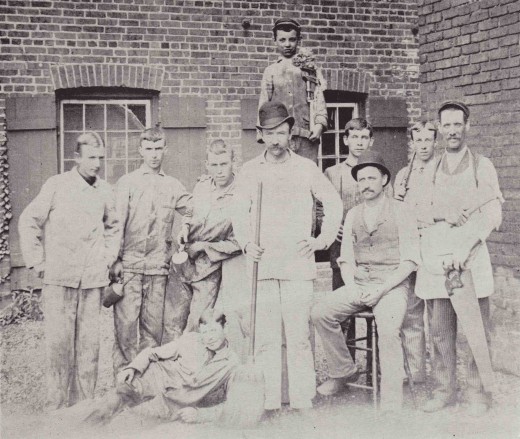
Readers who appreciate the long history of Johnson & Johnson might be tempted to wish they could go back in time to hear stories from our earliest employees. Although it seems like an impossible task, there actually is a way to do that: through a series of articles in the Johnson & Johnson Bulletin, an employee newsmagazine that captured the recollections of men and women who joined Johnson & Johnson more than a century ago.
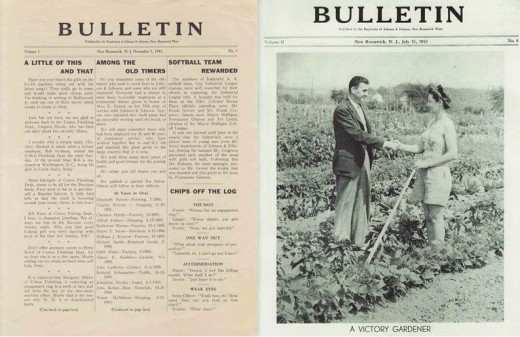
The Bulletin began publishing in 1941, part of General Robert Wood Johnson’s efforts to maintain the family feeling of the company as Johnson & Johnson grew. During the 1940s, the staff of The Bulletin began interviewing long-tenured and retired employees whose memories extended back to the earliest days of the company. The articles published snippets of these interviews – and sometimes early photos! -- as part of a “Remember When” series that painted a vivid picture of how much the company had changed during its 60-plus years in business. The Bulletin lets us meet some of these early employees and gives us a window into the Johnson & Johnson of long ago.
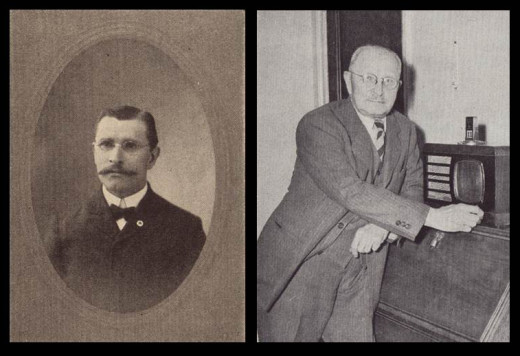
Meet John G---, who began his Johnson & Johnson career in 1887, the year of the company’s incorporation, when Johnson & Johnson was still in its original four-story building. In 1949, upon celebrating his 80th birthday (and having been retired for many years), he sat down with a reporter from The Bulletin to talk about his early days at Johnson & Johnson.
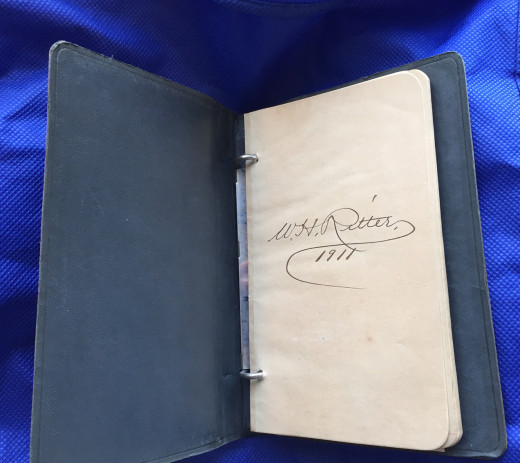
When Johnson & Johnson was just a tiny new company, eighteen-year-old John G--- went to see William R---, one of our original 14 employees who was the manufacturing superintendent in 1887. William hired John as an assistant foreman in the Cutting Department.
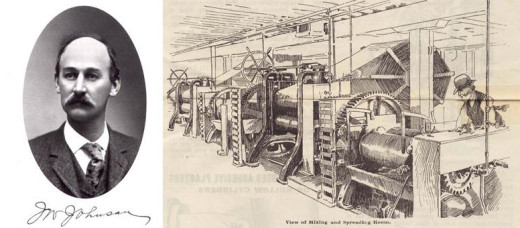
John G--- was taught how to operate the machinery in his department by none other than company founder James Wood Johnson, who had designed the machines. John’s story also highlights one of the most interesting of our original 1886 employees, Mathilda D----, who was John’s boss in the plant. Mathilda was the forelady of the Plaster Finishing Department but, as John G--- related, the company was so small in those days that everyone had multiple roles and pitched in wherever they were needed. John G--- retired from Johnson & Johnson in 1930 as supervisor of the company’s printing division, having worked for the company for 43 years.
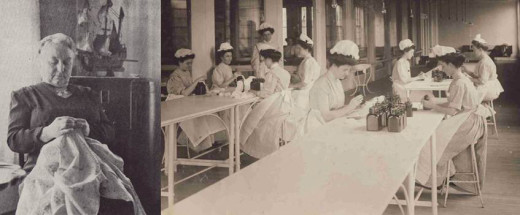
Katherine How---- (Not to be confused with Katharine Hannan, our first woman employee to serve in the military during World War I) joined Johnson & Johnson in 1905 in the Aseptic Department, our sterile surgical dressings and sterile sutures manufacturing area, and she remembered when the entire Johnson & Johnson operation was contained in just three buildings.
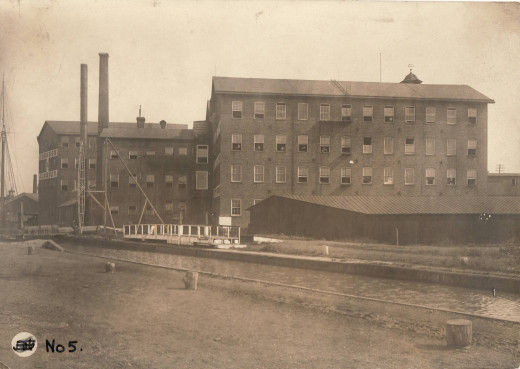
(The three buildings mentioned by Katherine in 1905 were not our original three buildings; these were directly on the canal and the Raritan River, where Route 18 runs today.) Katherine recalled that when each new building was completed, Johnson & Johnson held a dance for employees to celebrate the company’s growth. She would certainly have been present at the 1908 dance and celebration to commemorate the opening of the large new addition to the Cotton Mill.
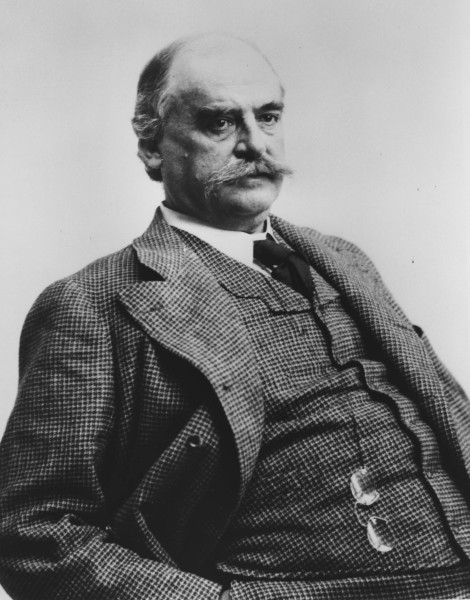
Company founder Robert Wood Johnson was a frequent presence in the company’s Cotton Mill, which was where the Aseptic Department was located. Katherine How--- “quite vividly recalled the checked suit he wore on occasion.” [Johnson & Johnson Bulletin, February, 1949, p. 5, February 1949] Katherine was an early department supervisor, and she recalled that R.W. Johnson himself instituted supervisory classes to train employees for management in the earliest days of the company, and they were open to both men and women: she was one of the first to enroll in them.
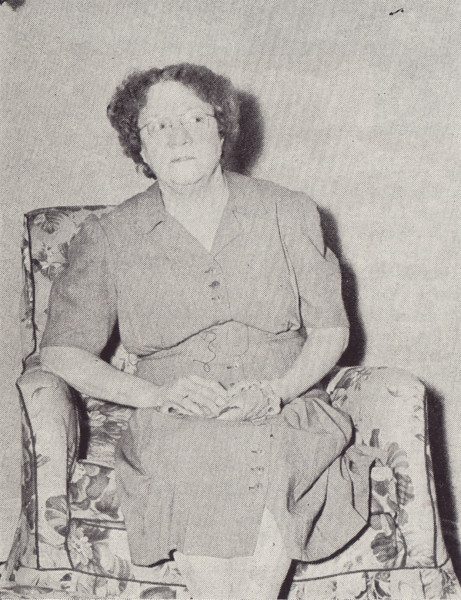
Katherine M--- joined Johnson & Johnson in 1895, working in the Plaster Finishing Department, where she remained for her entire 50 year career. She, too, reported in to department supervisor Mathilda D---. Since so few eyewitness descriptions of our founders have survived, it is especially interesting to read Katherine M---‘s recollections of what they were like:
“The elder R.W. she remembers as having been a good-natured, friendly man, always open to suggestions from the employees. J.W., his brother, was a dignified man, almost stately in stature.” [Johnson & Johnson Bulletin, February, 1949, “Down Memory Lane, p. 5.]
She also knew General Robert Wood Johnson. Their first meeting was in 1898, when he was just five years old, and he asked her for some tin spools to play with while he visited his father at Johnson & Johnson. When she retired, the little boy who asked her for the spools was Chairman and CEO of the company.
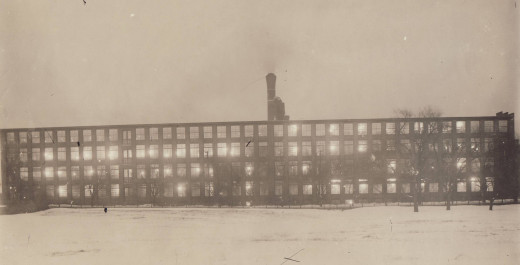
During World War I, Johnson & Johnson worked around the clock to keep up with the demand for dressings to treat wounded soldiers. Many of our early employees (who had family, friends and co-workers in the trenches) took extra work home after their work day, assembling battle dressings in order to do their part to help.
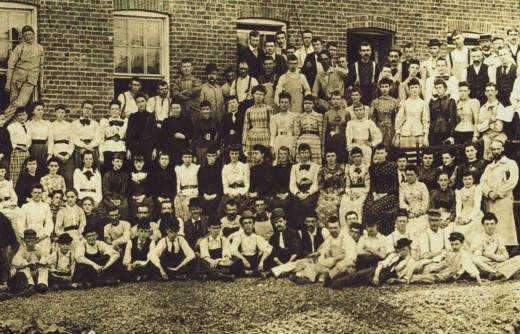
Although so much has changed at Johnson & Johnson since those first generations of employees, some things have remained the same. If those men and women could visit the Johnson & Johnson of today, they would be amazed at the technological changes and scientific advances -- and the differences in what we wear to work. But they would recognize in their modern colleagues the same creativity, dedication and hard work, and the emphasis on excellence in the service of patients, consumers and communities.

I feel related to all of them. =-)